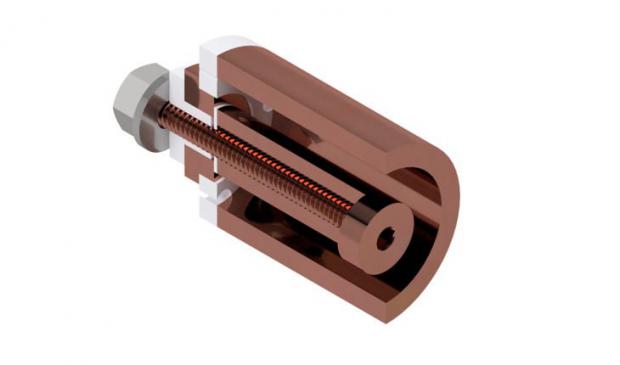
Breaking News
 China Will Close the Semiconductor Gap After EUV Lithography Breakthrough
China Will Close the Semiconductor Gap After EUV Lithography Breakthrough
 The Five Big Lies of Vaccinology
The Five Big Lies of Vaccinology
 Large global study analyzing data from 192 countries has sparked intense debate by suggesting...
Large global study analyzing data from 192 countries has sparked intense debate by suggesting...
Top Tech News
 EngineAI T800: Born to Disrupt! #EngineAI #robotics #newtechnology #newproduct
EngineAI T800: Born to Disrupt! #EngineAI #robotics #newtechnology #newproduct
 This Silicon Anode Breakthrough Could Mark A Turning Point For EV Batteries [Update]
This Silicon Anode Breakthrough Could Mark A Turning Point For EV Batteries [Update]
 Travel gadget promises to dry and iron your clothes – totally hands-free
Travel gadget promises to dry and iron your clothes – totally hands-free
 Perfect Aircrete, Kitchen Ingredients.
Perfect Aircrete, Kitchen Ingredients.
 Futuristic pixel-raising display lets you feel what's onscreen
Futuristic pixel-raising display lets you feel what's onscreen
 Cutting-Edge Facility Generates Pure Water and Hydrogen Fuel from Seawater for Mere Pennies
Cutting-Edge Facility Generates Pure Water and Hydrogen Fuel from Seawater for Mere Pennies
 This tiny dev board is packed with features for ambitious makers
This tiny dev board is packed with features for ambitious makers
 Scientists Discover Gel to Regrow Tooth Enamel
Scientists Discover Gel to Regrow Tooth Enamel
 Vitamin C and Dandelion Root Killing Cancer Cells -- as Former CDC Director Calls for COVID-19...
Vitamin C and Dandelion Root Killing Cancer Cells -- as Former CDC Director Calls for COVID-19...
 Galactic Brain: US firm plans space-based data centers, power grid to challenge China
Galactic Brain: US firm plans space-based data centers, power grid to challenge China
Robust Plasma Propulsion Ignition System Developed for Cubesats

Purdue has created part of a new cubesat thruster which electromagnetically accelerates plasma to produce thrust. They have successfully tested the ignition system for more than 1.5 million pulses. This is a giant leap for extending the lifetime of electric propulsion systems for CubeSats.
With an on-board propulsion system, CubeSats are able to achieve orbital maneuvers, formation flying, constellation maintenance and precise attitude control. Chemical propulsion as one candidate for propelling smaller spacecraft into outer space has the advantage of large thrust but presents severe concerns due to its requirement for large propellant mass, high temperature and pressure, and a threat to the main payloads posed by the reactive propellant materials. Electric propulsion, in comparison, has very high exhaust velocity and fuel efficiency.
Depending on the mechanism of acceleration, traditional electric propulsion systems are generally divided into three categories:
1. electrothermal
2. electrostatic and
3. electromagnetic.
While R&D of the electric propulsion for CubeSats currently involves multiple technologies including pulsed plasma thruster (PPT), miniature Xenon ion thruster, electrospray, and vacuum arc thruster (VAT). these propulsion systems are still at their infancy and mostly remain less than 7 in the Technology Readiness Level scale used by NASA. The advanced CubeSat propulsion systems have not been validated in space.
A robust and compact ignitor that can reliably trigger the discharge in the electrical propulsion system throughout the entire operational lifetime is the goal of the Purdue University work.

 This is why RAM costs so much
This is why RAM costs so much

